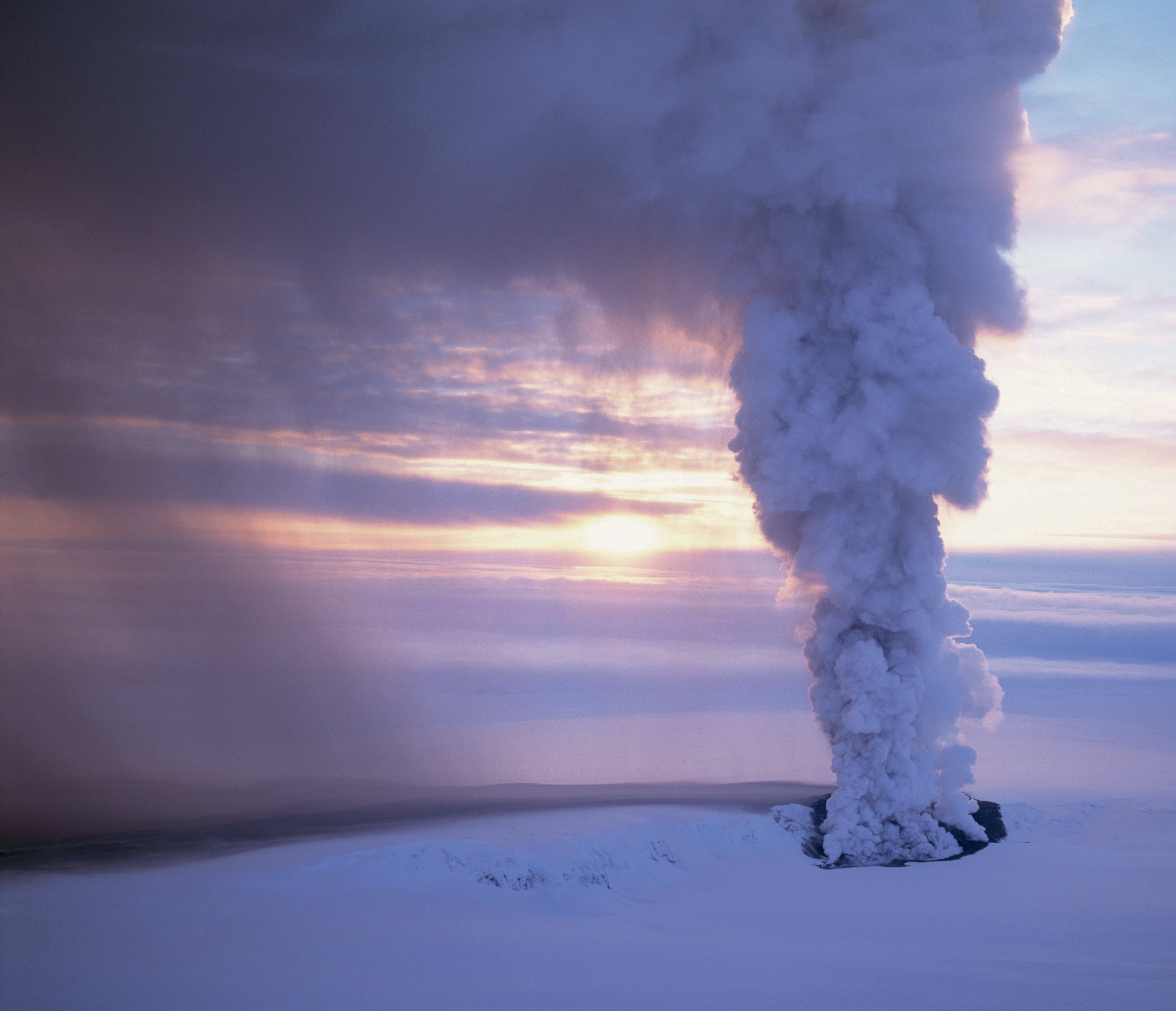
Global climate has warmed by approximately 1ºC in the past 100 years. This is already leading to changes including sea-level rise, shifts in plant and animal distributions and more frequent wildfires. Another marked effect of climate warming is shrinking glaciers. The retreat of glaciers is having impacts on humans, animals, birds and fish that depend on them as sources of fresh water. Another important effect of shrinking glaciers is changes in volcanic systems that lie beneath them.
A number of volcanoes in Iceland are enveloped by glacial ice (Box 1). They include Eyjafjallajökull (which last erupted in 2010), Grímsvötn (which last erupted in 2011) and Katla (which last erupted in 1918) (see Figure 1). Volcanoes and glaciers also exist together in other areas of the world including Alaska/western Canada, southern Chile/ Argentina and parts of coastal Antarctica, including the Antarctic Peninsula and the perimeter of the Ross Ice Shelf (Figure 2).
Your organisation does not have access to this article.
Sign up today to give your students the edge they need to achieve their best grades with subject expertise
Subscribe




